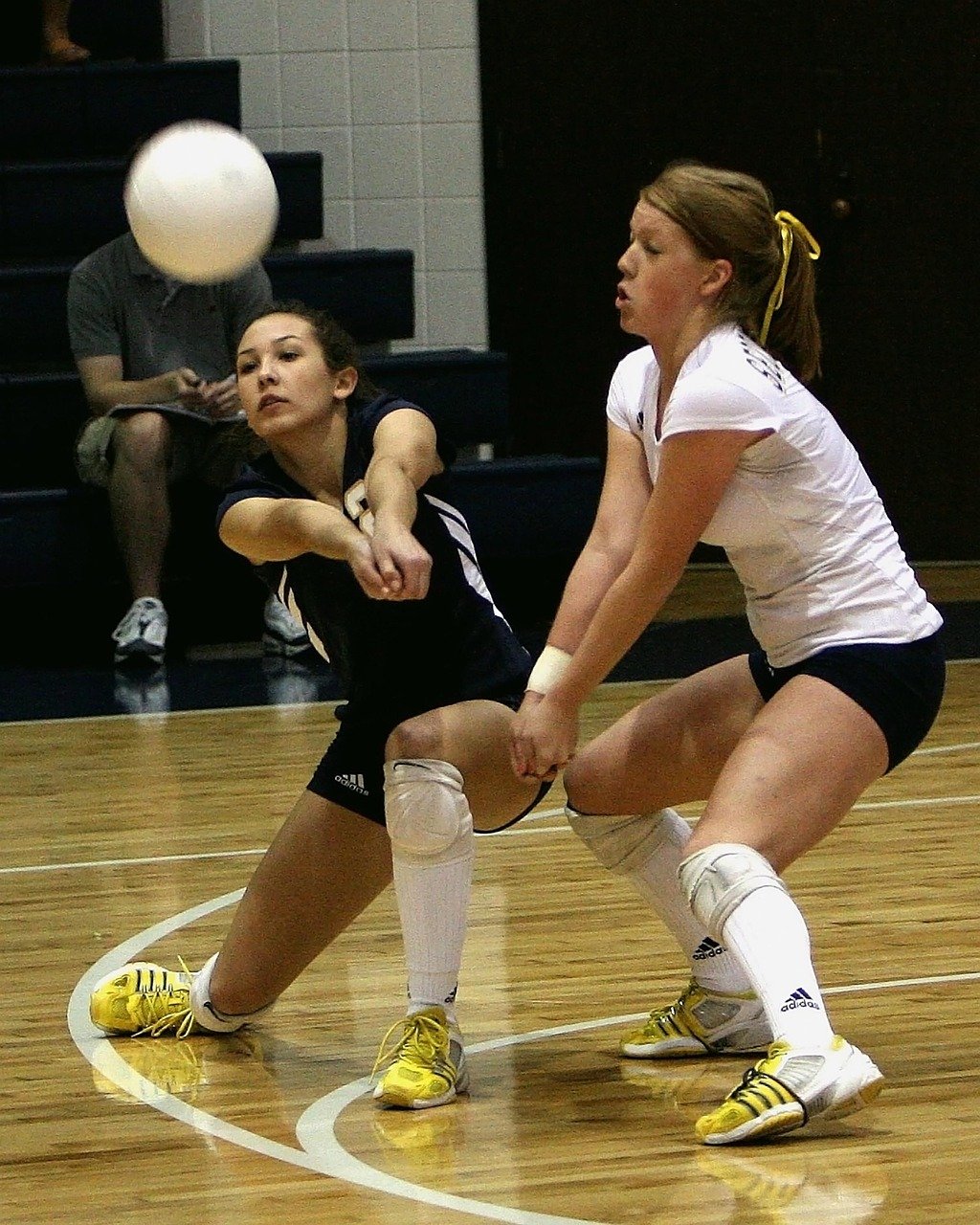Volleyball formations are the backbone of a team’s strategy. How players are positioned on the court influences both offence and defence, dictates team communication, and can make the difference between winning and losing a match. Understanding formations allows players to maximise strengths, cover weaknesses, and work effectively as a cohesive unit.
In this guide, we’ll explore the most common volleyball formations, their strengths and weaknesses, and how to decide which formation works best for your team.
Why Volleyball Formations Matter
Formations provide structure, helping teams coordinate movements during fast-paced rallies. They determine:
- Who is responsible for setting, attacking, or defending.
- How blockers and defenders align against opposing hitters.
- The flow of offence, including fast attacks and combination plays.
- Coverage for service reception and court transitions.
Without proper formation, even technically skilled players may struggle to perform effectively, leaving gaps that opponents can exploit.
Basic Volleyball Formations
1. 5-1 Formation
The 5-1 formation is one of the most popular systems in volleyball. It involves:
- 1 setter who sets in all rotations.
- 5 attackers, including middle blockers, outside hitters, and opposite hitters.
Key Features:
- Allows one consistent setter throughout the match, which improves communication and timing with hitters.
- Provides balanced offence with multiple attacking options.
- Middle blockers rotate to front row to maximise blocking potential.
Strengths:
- Setter consistency increases offensive flow.
- Easier to run quick plays, particularly middle attacks.
- Simplifies defensive coverage since roles are fixed.
Weaknesses:
- When the setter rotates to the front row, they cannot attack, limiting offensive options.
- Requires a highly skilled setter to handle all rotations.
2. 6-2 Formation
The 6-2 system uses:
- 2 setters, usually one in the front row and one in the back row.
- 6 attackers, with the setter joining as a hitter when in the front row.
Key Features:
- Setter always sets from the back row, allowing three front-row attackers.
- Keeps offence fast and versatile.
- Back-row setter can execute jump sets and offensive fakes.
Strengths:
- Always three front-row hitters, creating strong offensive pressure.
- Good for teams with two capable setters.
- Offers more flexibility for attacking combinations.
Weaknesses:
- Requires two skilled setters.
- Rotation changes can be complex for beginners.
- Communication between setters must be flawless.
3. Defensive Formations
Defensive formations focus on court coverage to stop attacks. Common setups include:
- Perimeter Defence: Players form a “U” around the court, leaving space near the net for blockers.
- Rotational Defence: Players shift positions dynamically depending on the opponent’s attack.
- Double Block Focus: Middle blockers and outside hitters coordinate to cover strong spikes, with back-row players covering tips and off-speed shots.
Positioning in Formations
Setter Positioning
- In a 5-1: The setter rotates through all positions but sets consistently in every rotation.
- In a 6-2: Each setter sets only from the back row; front-row setters act as attackers.
Hitter Positioning
- Outside Hitters: Usually positioned at left front and back left for passing and attacks.
- Opposite Hitters: Right front and back right, providing strong attacks against the opponent’s blockers.
- Middle Blockers: Positioned centrally to cover quick attacks and block opponent spikes.
Libero Positioning
- The libero plays in the back row exclusively, specialising in digs and serve reception.
- Often aligns with outside hitters during serve receive and shifts depending on attack angles.
Choosing the Right Formation
When deciding on a formation, consider:
- Skill level of setters: A strong single setter makes 5-1 ideal; two competent setters favour 6-2.
- Team strengths: Taller blockers may benefit from 5-1 for middle attacks, while faster hitters suit 6-2.
- Opponent analysis: Teams with powerful outside hitters may require defensive adjustments.
- Flexibility: Some teams mix formations mid-match to keep opponents guessing.
Training Drills for Formation Mastery
- Rotation Drill: Practice moving through each rotation while maintaining positions and responsibilities.
- Setter-Hitter Timing: Run plays with hitters in different positions to perfect quick sets.
- Defensive Alignment Drill: Simulate attacks from different angles, adjusting blockers and back-row coverage.
- Transition Drill: Train switching from defence to offence efficiently while maintaining formation.
- Serve Receive Drill: Focus on passing accurately to the setter, especially in different formations.
Common Formation Mistakes
- Miscommunication leading to overlapping responsibilities.
- Back-row players failing to cover gaps when front-row attacks dominate.
- Setters not adjusting for weak passes or off-speed balls.
- Overreliance on a single hitter or play style.
Final Thoughts
Mastering volleyball formations is essential for any team aiming to compete at a high level. Whether using the 5-1 system, 6-2, or adjusting defensive setups, understanding positioning, communication, and transitions ensures your team plays cohesively.
By practising rotations, defensive coverage, and offensive timing, players can improve not only their individual skills but also their team’s overall performance. Formations may seem complicated at first, but with consistent practice, they become second nature – just like the fast-paced plays depicted in professional volleyball.



